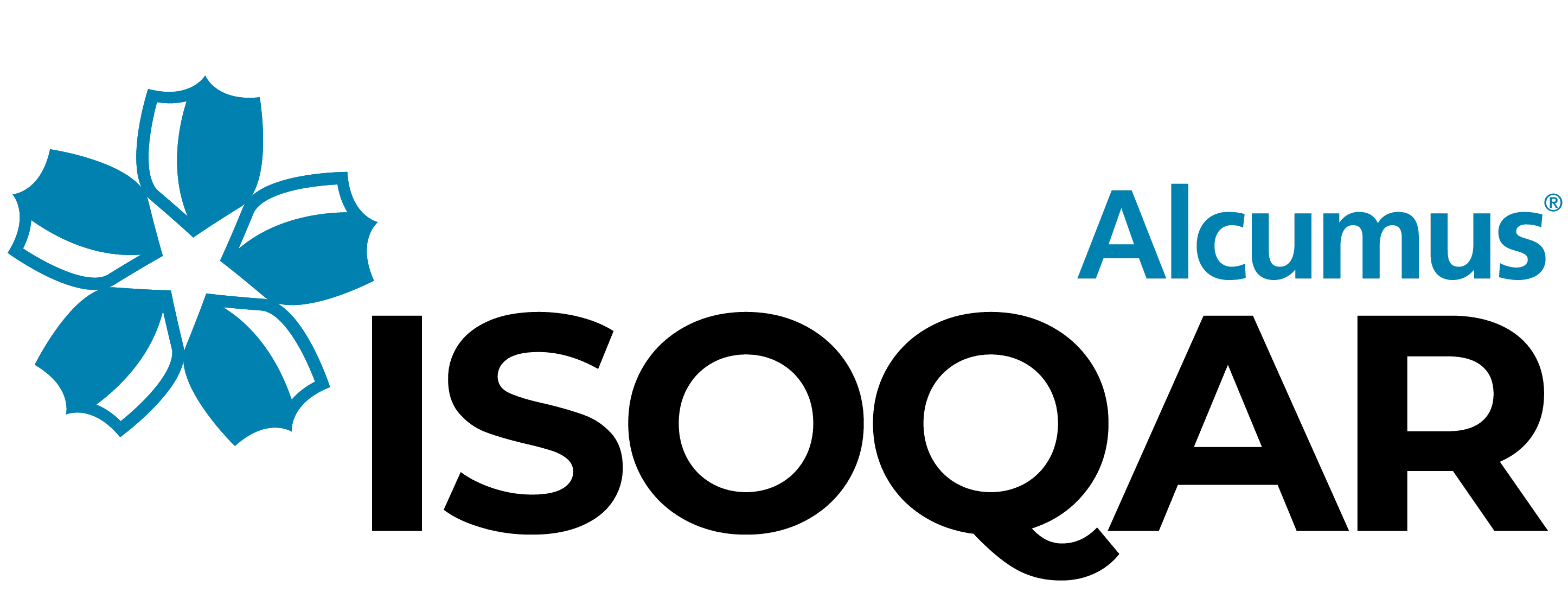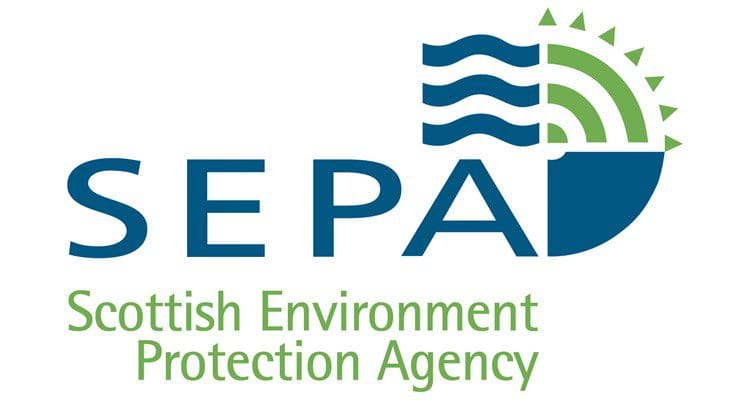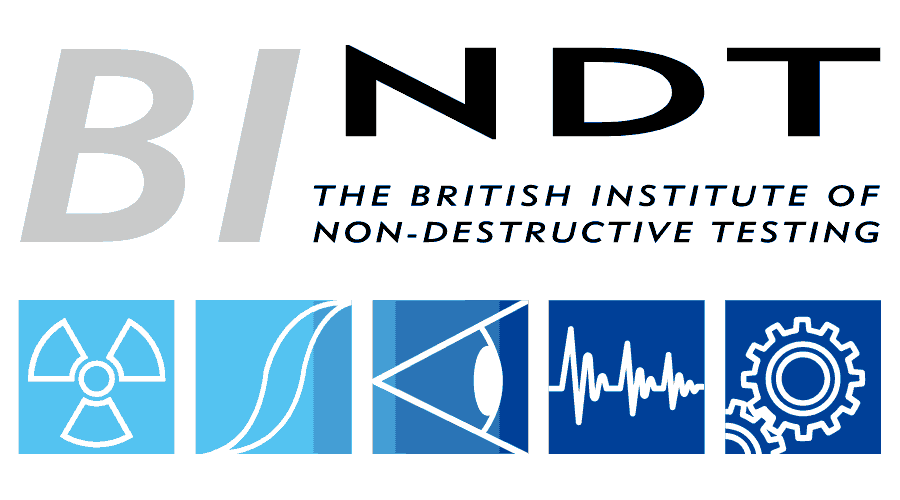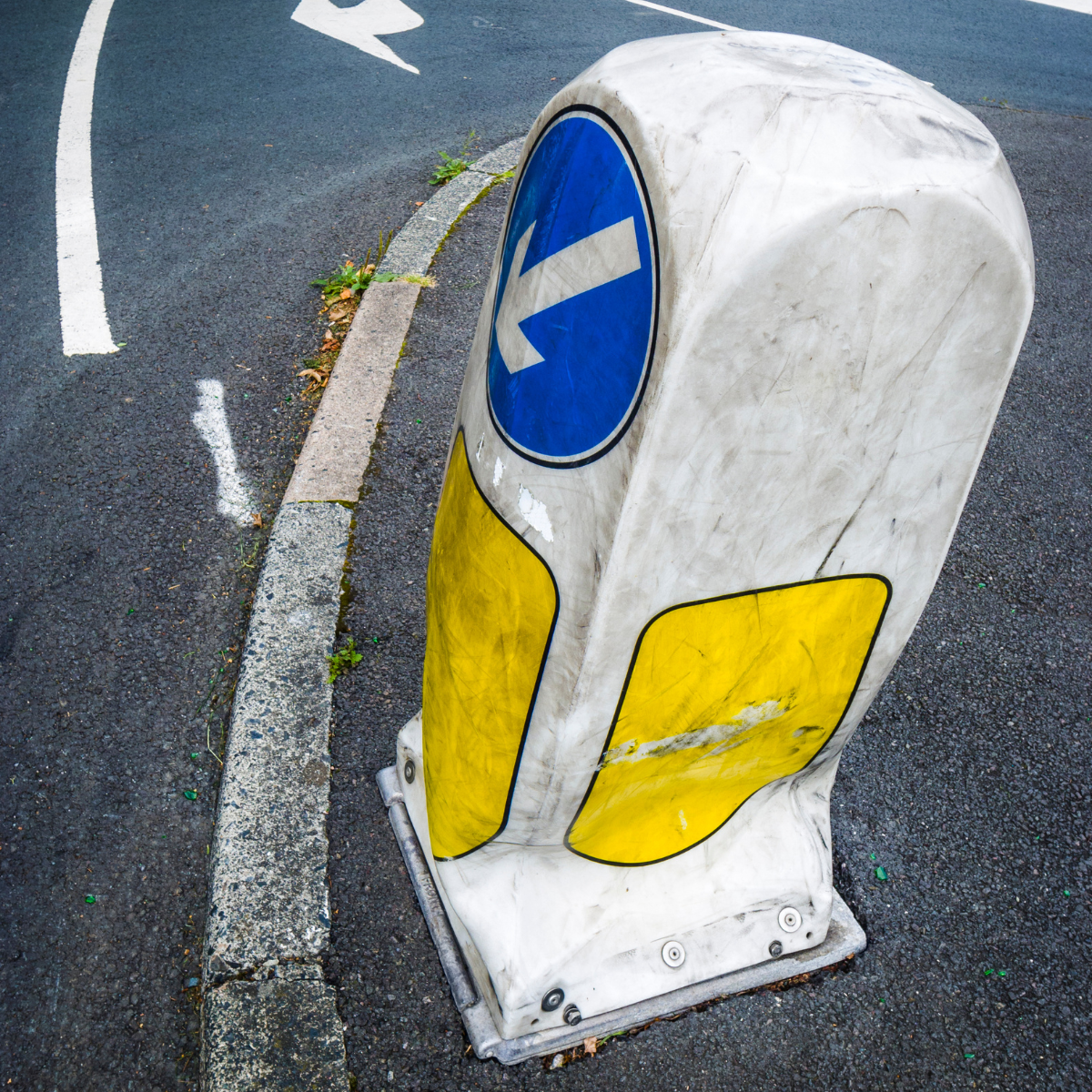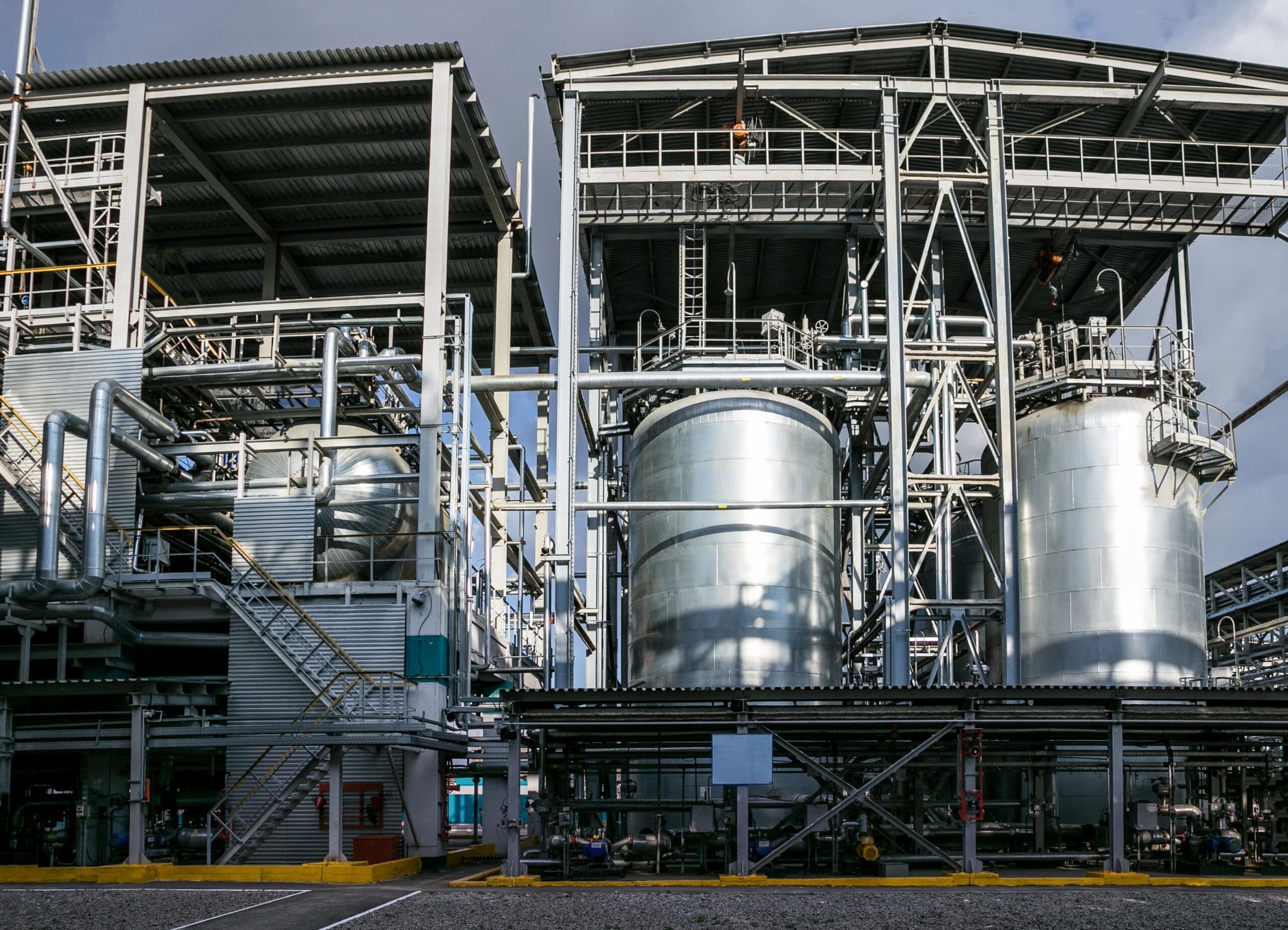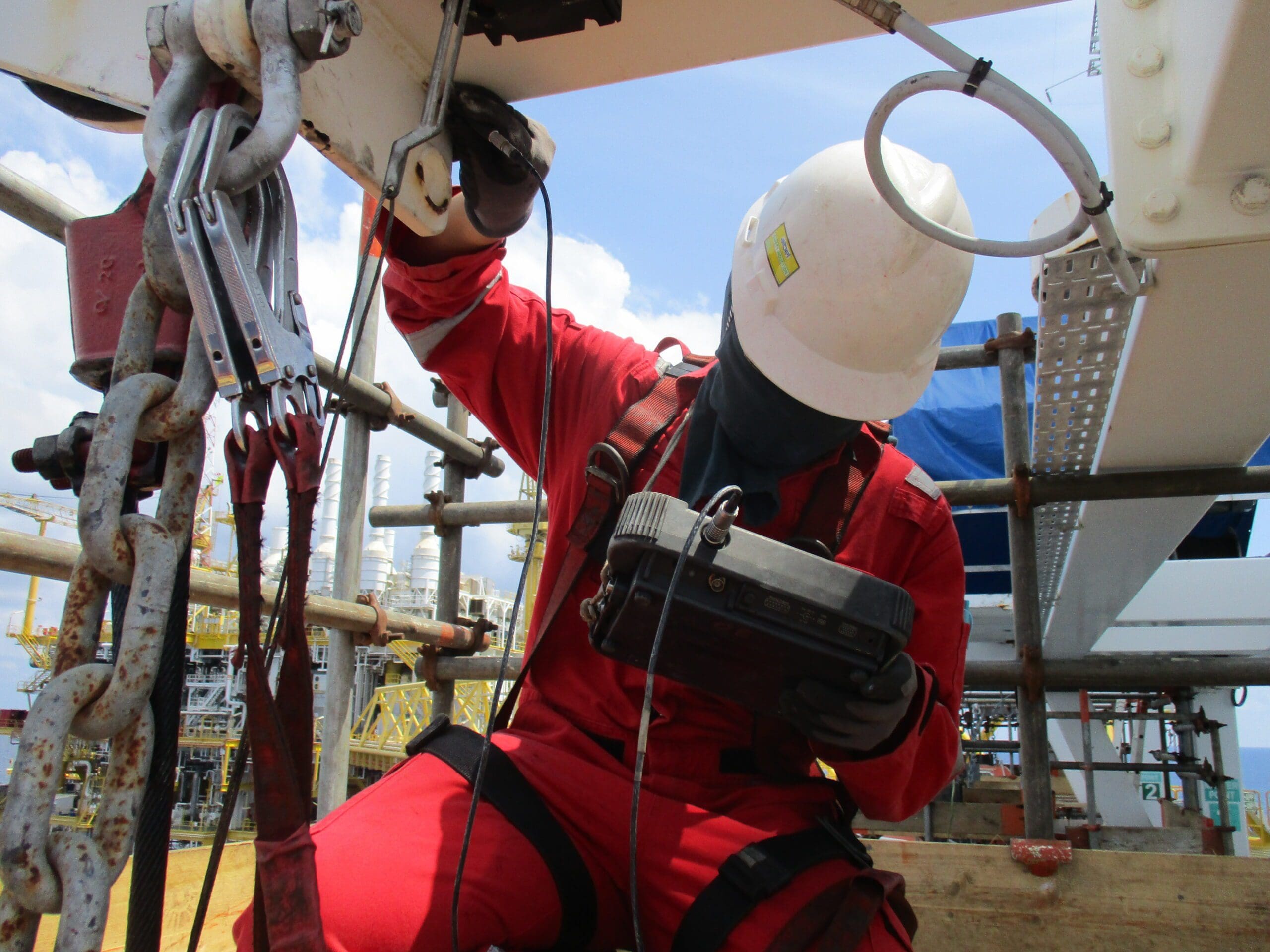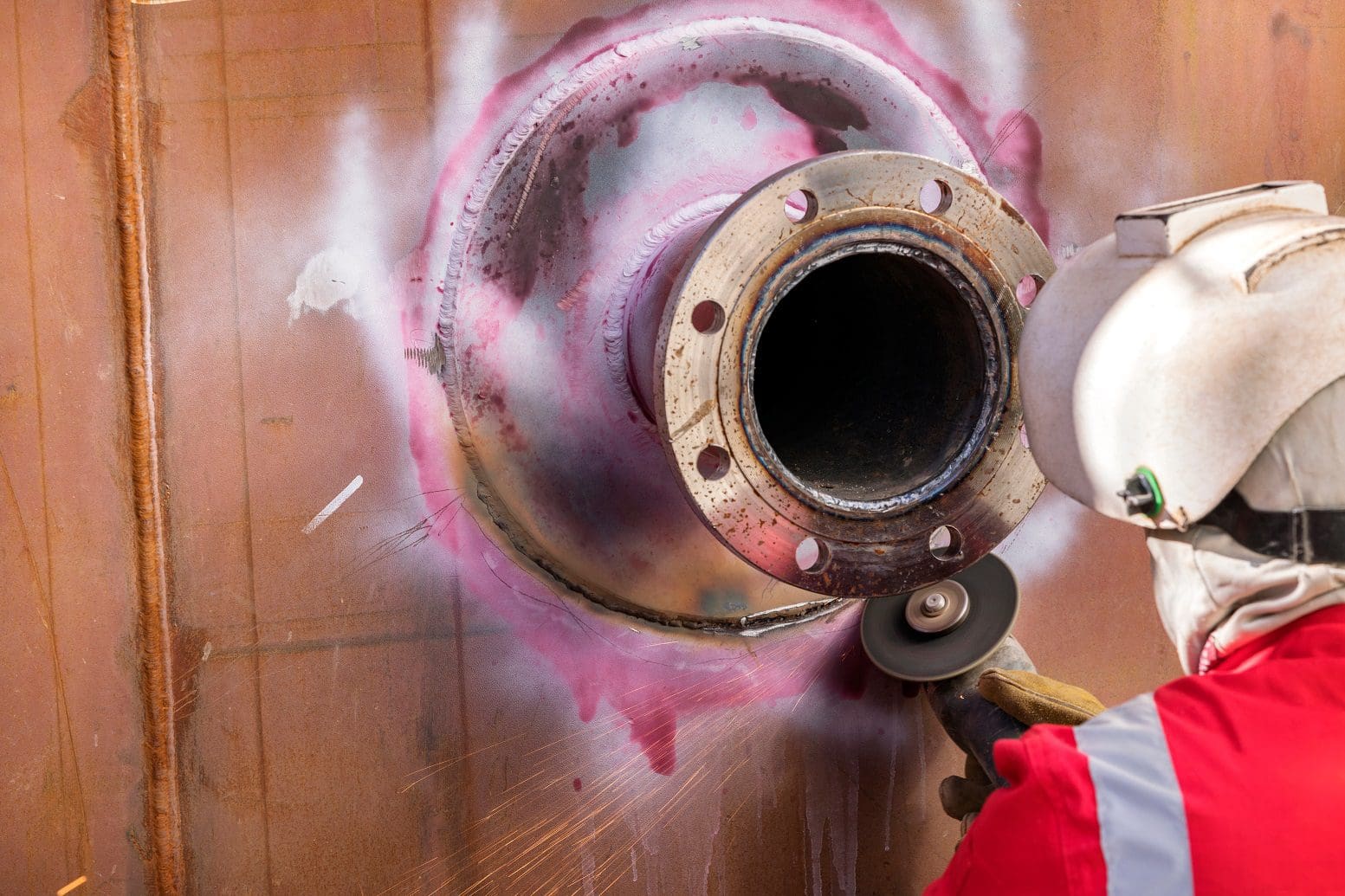Non-Destructive Testing
Ultrasonic Testing
Ultrasonic Testing (UT) is a widely used and highly effective NDT method for inspecting the integrity of materials and detecting defects or irregularities within them.
Explore how we work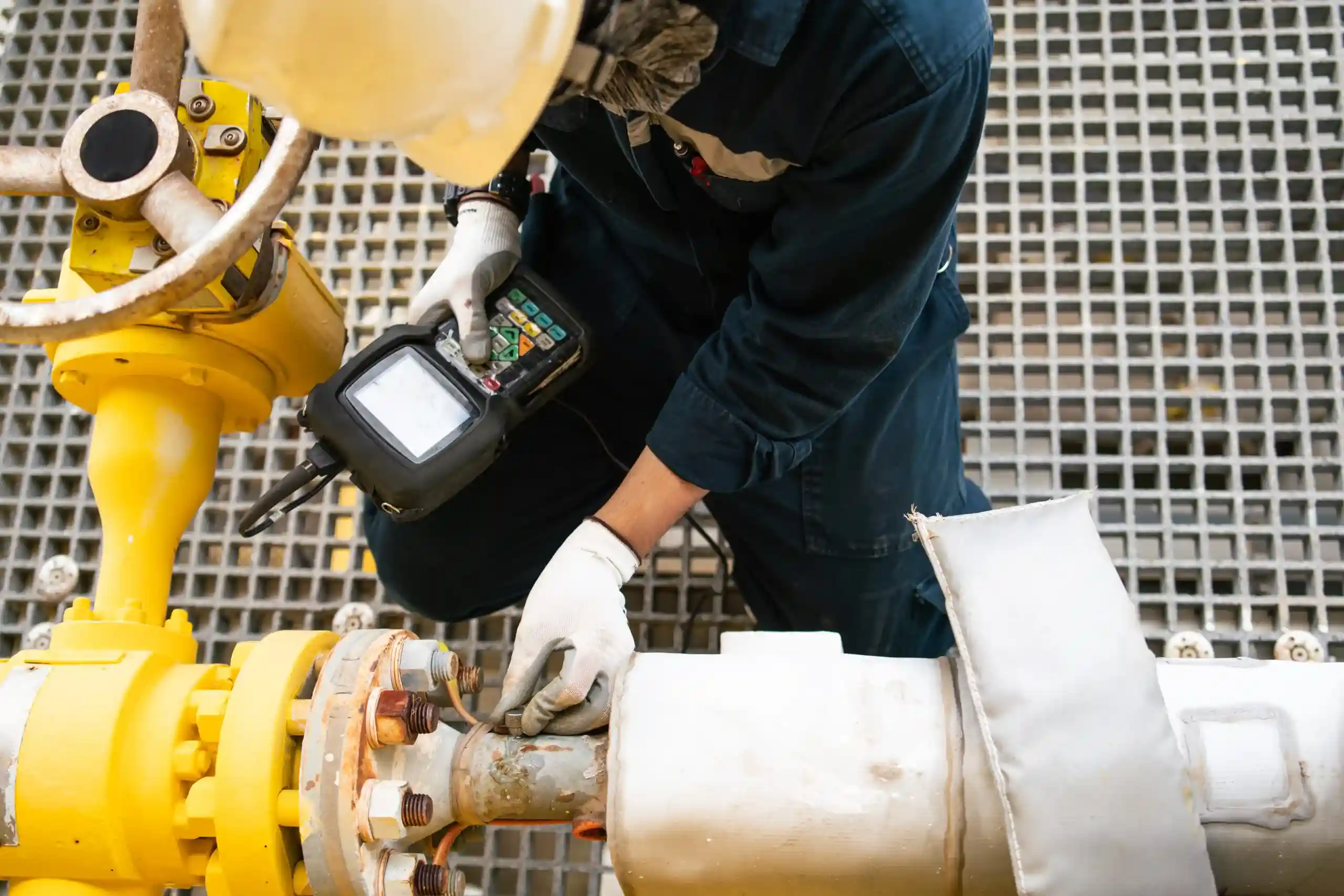
Interested? Let’s talk.
Send us an enquiry
What is Ultrasonic Testing?
An Ultrasonic examination is a Non-Destructive Testing (NDT) method used to detect irregularities and flaws in materials. Ultrasonic Testing involves using high-frequency sound waves to provide insights about defects in your assets.
At BES Group, we offer UT testing at your site for added convenience and instant results about material flaws. Ultrasonic Testing can be used to test various materials, so it’s applicable in many industries. So, whether you’re in oil and gas and need an Ultrasonic Test for inspecting pipelines and storage tanks, or you’re a manufacturing plant wanting to assess metal and composite components, UT provides the versatility to meet your specific needs.
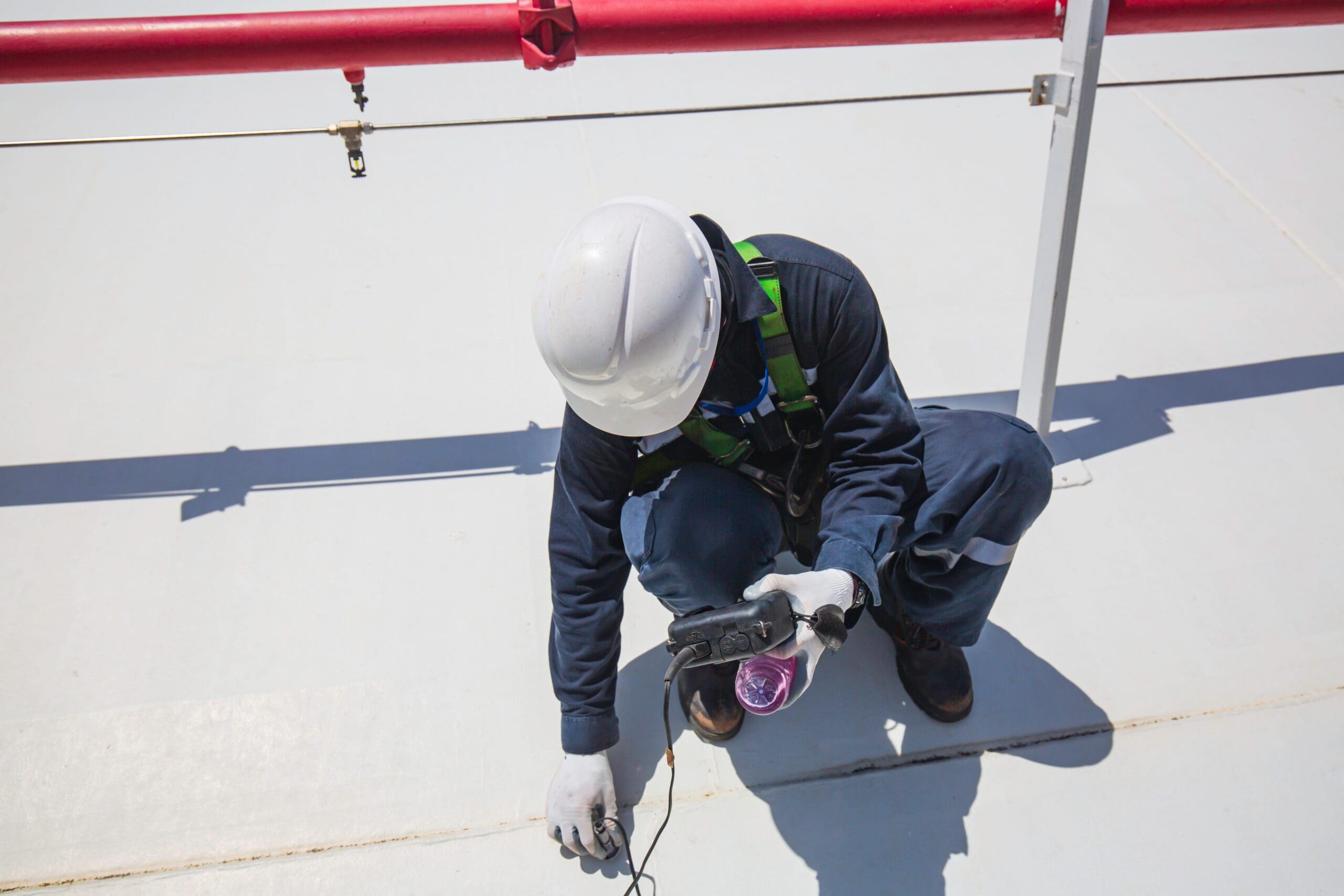
Who we’ve partnered with...

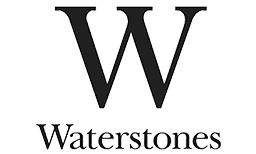



Key benefits of Ultrasonic Testing
Cost effective
Keep testing cost-effective with our non-invasive Ultrasonic NDT method offering instant results and minimal downtime.
Portable service
Detect flaws conveniently at your site. Our Ultrasonic Testing is a portable service, so we can perform inspections at your site to minimise disruption to your operations.
Accurate imagery
Gain precise insights into defects in your materials, including shape, size, and location to make more informed decisions based on reliable data.
Versatile
Ultrasonic Testing is a versatile NDT method with multiple uses, including thickness measurement and flaw detection.
Let's talk about Ultrasonic Testing
Send one of the team a message
Not seeing what you expected?
Try using our search
Explore what our clients say


How we'll work with you
Ultrasonic Testing (UT) is primarily used to detect internal flaws and irregularities in materials and structures. This Non-Destructive Testing method provides critical insights that can help inform your maintenance and operational decisions.
UT tests can detect:
Weld defects
A UT weld test identifies issues such as cracks, lack of fusion, or penetration in welds.
Voids
Uncovers internal irregularities like porosity, gas pores, or wormholes that could affect material performance.
Corrosion
Assesses the extent of corrosion in materials so you can address potential weaknesses before they cause issues.

Tailored UT Testing Services
Ultrasonic Testing is versatile and can be used to detect flaws in various assets across multiple sectors.
Assets which UT can be applied to include:
Welds on piping
Assesses the condition of welded joints in pipelines.
Pressure systems
Analyses the condition of components subject to high pressure.
Pressure vessels
Inspects storage containers designed to hold gases or liquids at high pressure.
Storage tanks
Evaluates the condition of tanks used for various substances to identify signs of degradation.
Piping in hulls
Examines the integrity of piping systems in marine vessels.
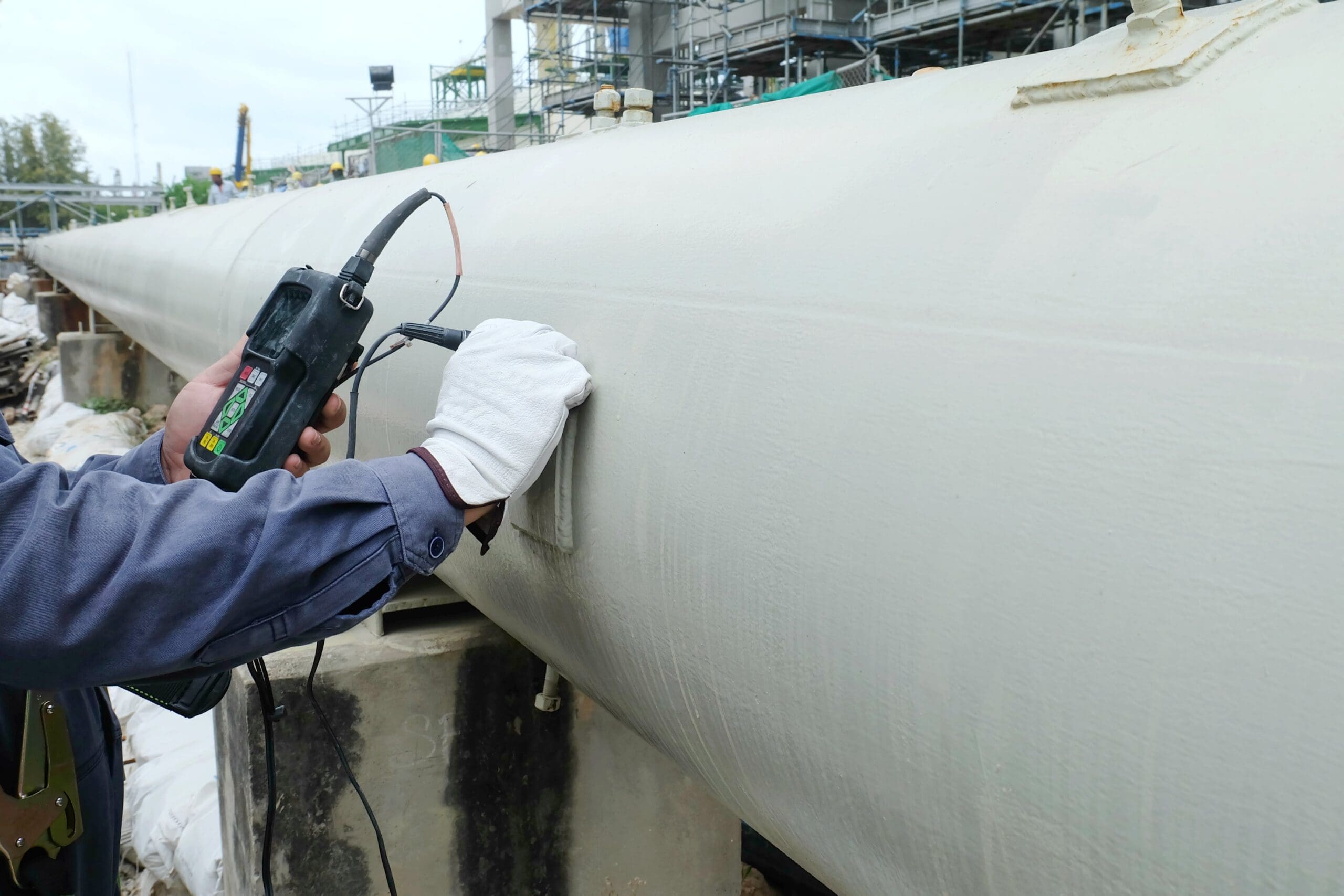


Types of Ultrasonic Testing
Speak to us about the processWe offer several variations of Ultrasonic Testing depending on your requirements.


Let’s talk. Ask us anything.
Send one of the team a message
Why choose BES Group?

800+ expert engineers
Our team of skilled engineers possesses a wealth of expertise.
A legacy of 160+ years of experience
We’re always evolving our approach to future proof our services.

35,000 satisfied customers
A strong reputation for providing exceptional service.
Frequently asked questions
What are the advantages of Ultrasonic Testing?
Ultrasonic Testing (UT) offers several advantages, including:
- Non-destructive: UT doesn’t damage the material being tested.
- Portability: Equipment can be easily transported to various locations.
- Cost-effectiveness: It provides quick results with minimal downtime.
- Versatility: It’s applicable to a wide range of materials, including metals and composites.
- Precision: It offers detailed measurements of defect size, shape, and location.
What defects can be detected with Ultrasonic Testing?
Ultrasonic Testing can detect a variety of defects in many assets, such as:
Weld defects: Cracks, lack of fusion, and incomplete penetration.
Voids: Porosity, gas pockets, and wormholes.
Corrosion: Surface and internal corrosion in pipes and tanks.
Delamination: Separation of layers in composite materials.
Inclusions: Foreign materials trapped within the base material.
What is the difference between Radiography and Ultrasonic Testing?
Radiography and Ultrasonic Testing are both NDT methods, but they use different types of inspection. Radiography uses X-rays or gamma rays to create images of the internal structure of materials, so it’s effective for visualising defects in broad areas. Ultrasonic Testing uses high-frequency sound waves to detect flaws and provide precise measurements of their location and size.
What is a UT test in welding?
Ultrasonic weld testing involves using ultrasonic waves to inspect welded joints. It can identify defects such as cracks, lack of fusion, or incomplete penetration in welds. This method is essential for assessing critical welds in structures and pipelines, helping to identify flaws that could lead to failures or safety risks.
Which materials cannot be used in Ultrasonic Testing?
Ultrasonic Testing is highly versatile, some materials aren’t suitable for UT tests. Highly attenuative materials might provide unreliable results because they can absorb too much sound energy. This can include materials such as very thin plastics or low-density composites. Rough or irregular surfaces can also affect wave transmission, which can lead to inaccurate readings. Extremely thick or dense materials may be challenging to test too, as the sound might not penetrate the material effectively.
What are the key applications of Ultrasonic Testing?
Key applications of Ultrasonic Testing include:
- Flaw detection: This helps identify internal defects such as cracks, voids, or inclusions within materials, so that potential issues are highlighted before they escalate.
- Delamination: UT detects separation of layers in composite materials that could compromise structural integrity and performance.
- Thickness measurement: UT testing can accurately measure the thickness of materials, which is useful for assessing corrosion or erosion in pipes.
Sectors we service
Dive into the diverse landscapes where BES Group sparks innovation and drives impact.


Let’s talk. Ask us anything.
Send one of the team a message
Insights & news
Browse our latest articles
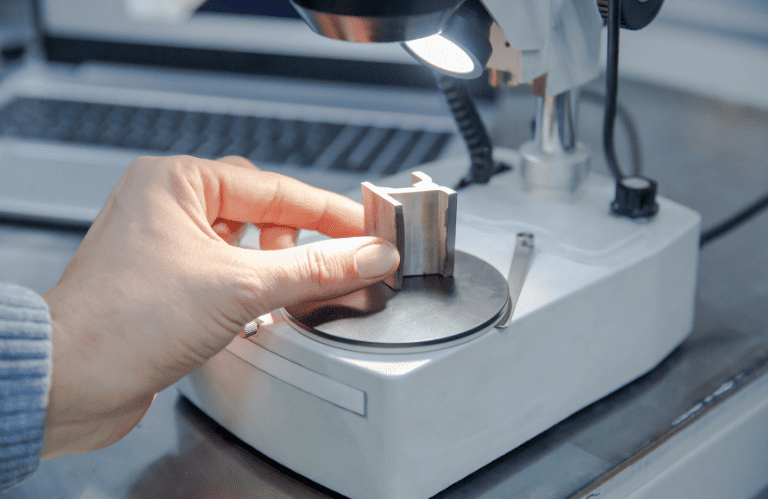
A complete guide to Metal Failure Modes and Analysis
Testing
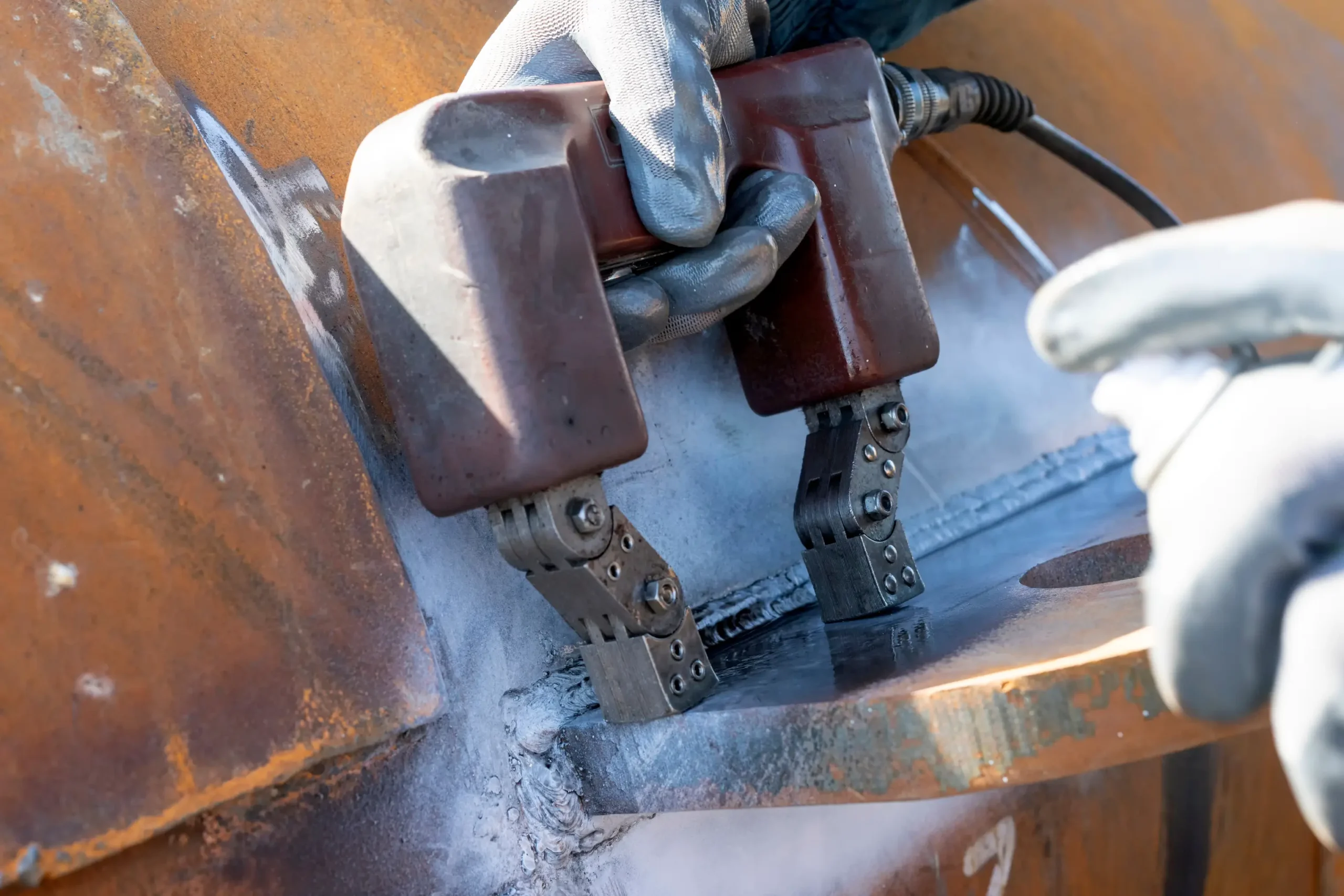
How combining NDT Methods ensures comprehensive asset protection
Testing

Factory Shutdowns: How to Manage Your Maintenance Operations Efficiently
Asset Reliability Electrical Inspection Testing

What Are the Different Methods of NDT Testing?
Testing
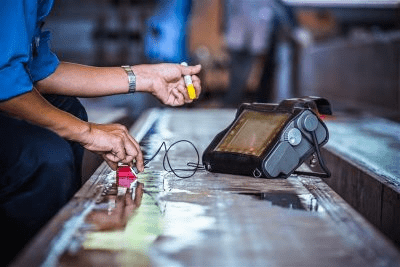
How to Choose the Right NDT Method: A Comprehensive Guide
Testing
Other similar services...
Looking for something else? Explore similar services...
Let’s get you to the right person, fast.
Thank you, enquiry submitted!
Please check your inbox. We have sent you an email receipt of your enquiry.
We treat every enquiry with the upmost urgency. We’ll aim to get in touch with the relevant BES Group specialist and get back to you as soon as possible*.
Thank you again and have a great day.
 About BES Group
About BES Group Accreditations & Credentials
Accreditations & Credentials Our Environmental, Social & Governance
Our Environmental, Social & Governance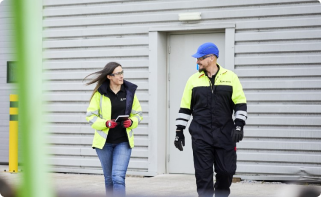 Careers at BES Group
Careers at BES Group Our Senior Leadership Team
Our Senior Leadership Team